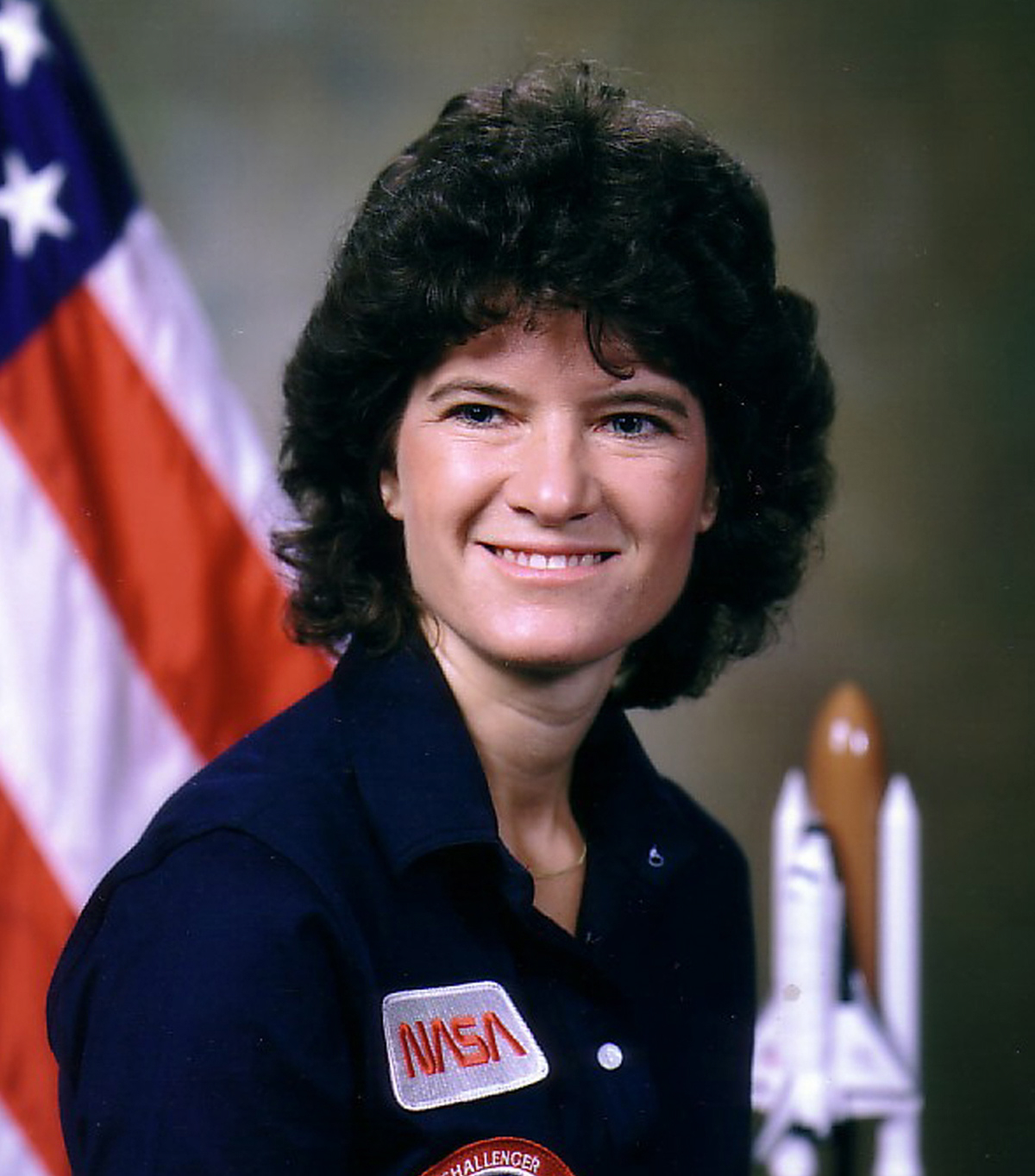Fifty years ago — and only two years after the first man entered space — Soviet cosmonaut Valentina Tereshkova piloted the Vostok 6 through 48 laps around the Earth on a three-day solo mission under the call name Chaika (Seagull). At the age of 26, she’d spent more time in space than all the U.S. astronauts combined.
Life magazine proclaimed, “She Orbits Over the Sex Barrier” and, in smaller type above that title, “a blue-eyed blonde with a new hairdo stars in a Russian space spectacular.” A Texas paper had the headline, “Russian Blonde Spins around the Earth Toward Possible Rendezvous,” a play on the fact that Tereshkova was to communicate from space with another capsule piloted by Valery Bykovsky. A prominent American newspaper described her as “a pleasant-looking, gray-eyed, athletic young woman with wavy, dark blond hair.” Bykovsky’s hair color, occasionally described as “dark,” does not appear to have been of quite as much interest.
Soviet Premier Nikita Khrushchev told Valya, as he called her, that he felt “a fatherly pride that it is our girl, a girl from the land of the Soviets, who is the first in space.” Which would make her the first spacegirl, to be taken somewhat less seriously than a man. But he also said, “Now you see what women are capable of.”
Americans found fault with the Soviets sending a woman into space on the basis that Tereshkova was not an experienced pilot — never mind that the first space flights were made by a Russian dog named Laika (nicknamed “Muttnik” in the United States), a series of American mice (may they rest in peace) and a few years’ worth of monkeys. Never mind that test pilot Chuck Yeager called the Mercury astronauts “Spam in a can.”
At the time, 13 American women — all skilled pilots with commercial ratings — had passed the astronaut admission standards in private tests at the Lovelace Clinic in New Mexico. It was part of an Air Force project undertaken with the idea that women, being typically smaller and lighter, might do well in the confines of a space capsule. Just days before the women were to report to the Naval School of Aviation Medicine in Pensacola, Fla., for further testing, though, they were informed by telegram that without a NASA request, the facilities could not be used.
One of them pleaded their case to Vice President Lyndon B. Johnson, who gave lip service to the idea of female astronauts but later scrawled “Let’s Stop This Now” on the proposal to consider them. During the July 1962 hearings of the House Committee on Science and Astronautics, NASA representatives testified that women could not qualify as astronaut candidates because NASA required all astronauts to be military jet test-pilot program graduates with engineering degrees.
Women, of course, were barred from Air Force training schools.
John Glenn — who, interestingly, didn’t actually have the required engineering degree but was nonetheless an astronaut — gave this testimony: “The men go off and fight the wars and fly the airplanes and come back and help design and build and test them. The fact that women are not in this field is a fact of our social order. It may be undesirable.”
Sick to his stomach
Would menstruating women be able to fly well? Would the American public tolerate a woman dying in space? Clare Boothe Luce, in a piece in Life, noted that the main argument against sending American women into space was simply the presumption by men that men would make better astronauts.
One NASA representative said the talk of American women in space made him sick to his stomach — a clear indication that he, at least, did not have the right stuff, whether women did or not.
One senator who dismissed Tereshkova’s flight as a sexy gimmick claimed it was “carrying romance to a new high,” as if the story deserved a bodice-ripper cover and purple prose.
The facts, as Luce set out in Life, were that 31 percent of Russian engineers were female, as were more than half of Russian professionals. Women constituted an astonishing 74 percent of Russia’s doctors and surgeons: 332,400, compared to just 14,000 in the United States.
Jane Hart, one of the female “astro-nots,” concluded that NASA would hold tight to its “wait-and-see” approach to putting women in space, “even if Russians landed the whole Leningrad Symphony Orchestra on the moon.” It would be an additional 20 years and two days before Sally Ride’s famous 1983 ride on the Space Shuttle Challenger, and more than three decades before Eileen Collins became the first woman to pilot an American spaceship.
In truth, the Soviets weren’t much better than America when it came to making space for women in space beyond that first flight. Another two decades passed before Svetlana Savitskaya — who would go on to be the first woman to walk in space — gained a place off this Earth. And since then, the nation has put a very few of its women aloft.
Other female astronauts have come from Canada, China, Japan, India and France.
The first astronauts to enter space from Britain, South Korea and Iran were women. And the United States?
Having come late to the party, NASA made up for lost time. Forty-five of the 57 women who have managed to break through the glass atmosphere since Tereshkova first did so have been American.
Meg Waite Clayton is the author of four novels, including the forthcoming “The Wednesday Daughters.” She wrote this for the Los Angeles Times.



